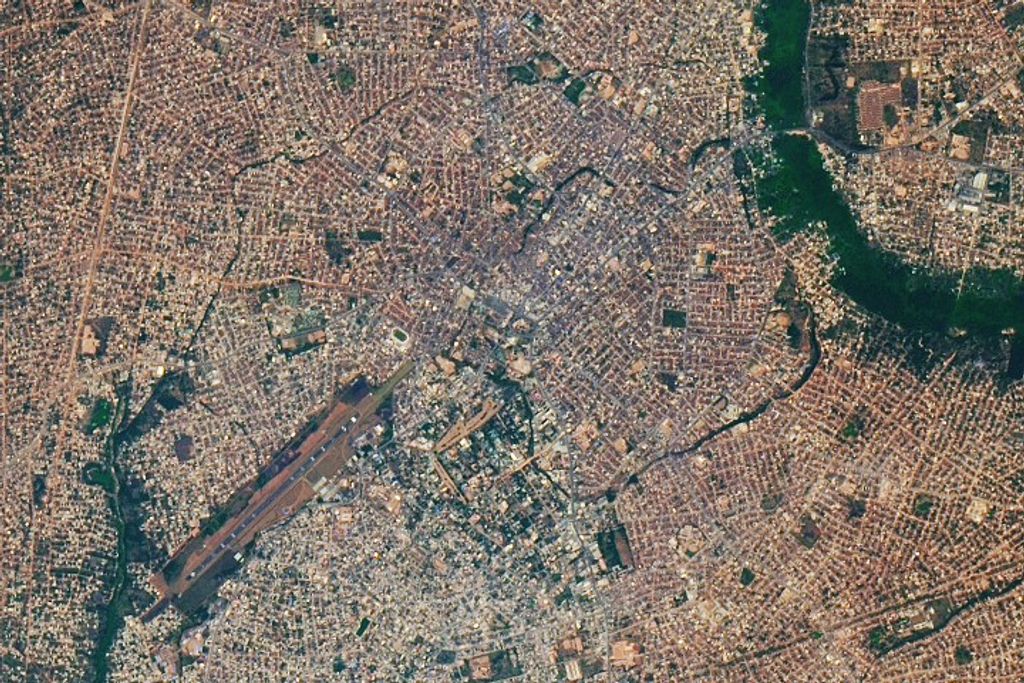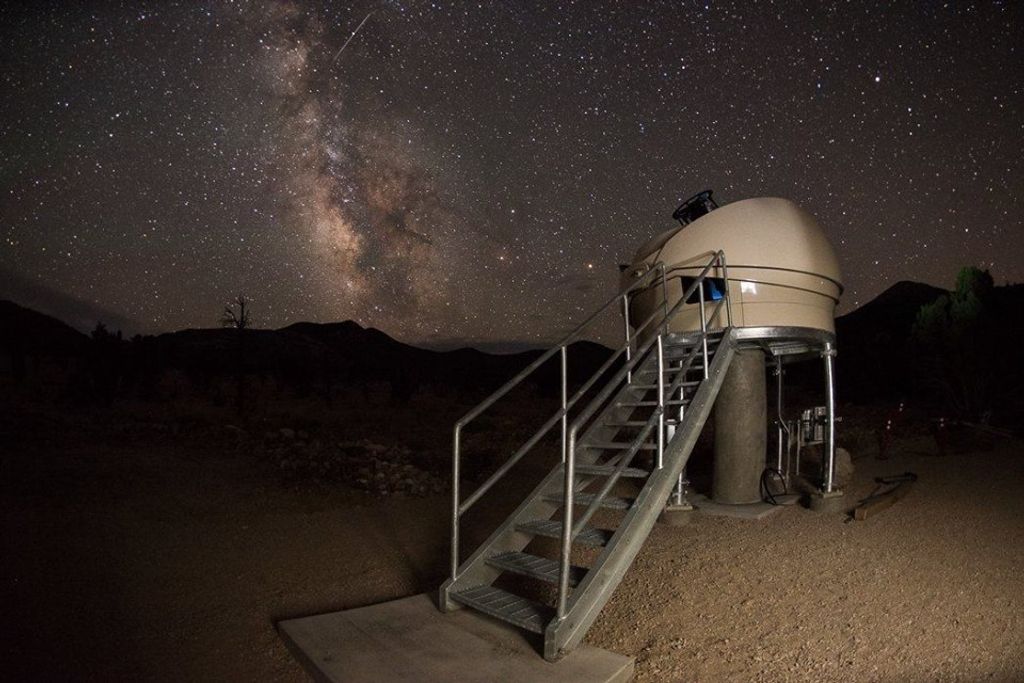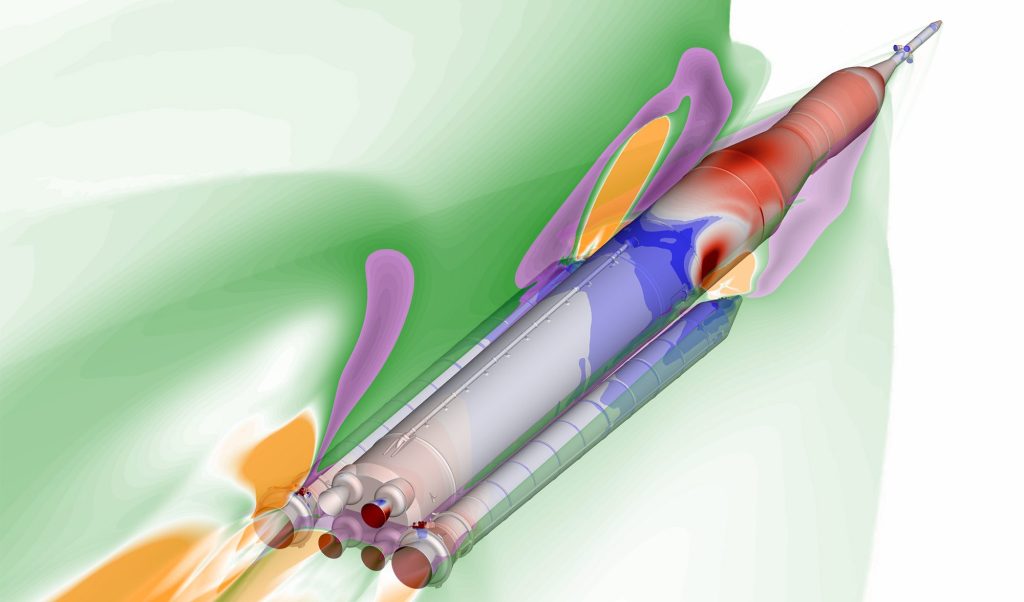Astrophysics
Organization and Staff
The Astrophysics Division is discovering how the universe works, exploring how the universe began and evolved, and searching for Earth-sized planets.
NASA Headquarters
The Astrophysics Division is discovering how the universe works, exploring how the universe began and evolved, and searching for Earth-sized planets. The org charts below illustrates the division organization and staff roles within NASA Headquarters.
Read HQ staff bios
Download the HQ Printer-friendly Org Charts (PDF)
Goddard Space Flight Center
ApPD GSFC Code 440 Org Chart - (updated May 2025)
Physics of the Cosmos (PhysCOS) & Cosmic Origins (COR) Programs Org Chart - (updated February 2025)
Space Science Mission Operations (SSMO) Org Chart - (updated March 2025)
James Webb Space Telescope (JWST) Operations Project Org Chart (updated May 2025)
Hubble Space Telescope (HST) Operations Project Org Chart (updated October 2024)
Habitable Worlds Observatory (HWO) - Technology Maturation Project Office Org Chart (updated April 2025)





























